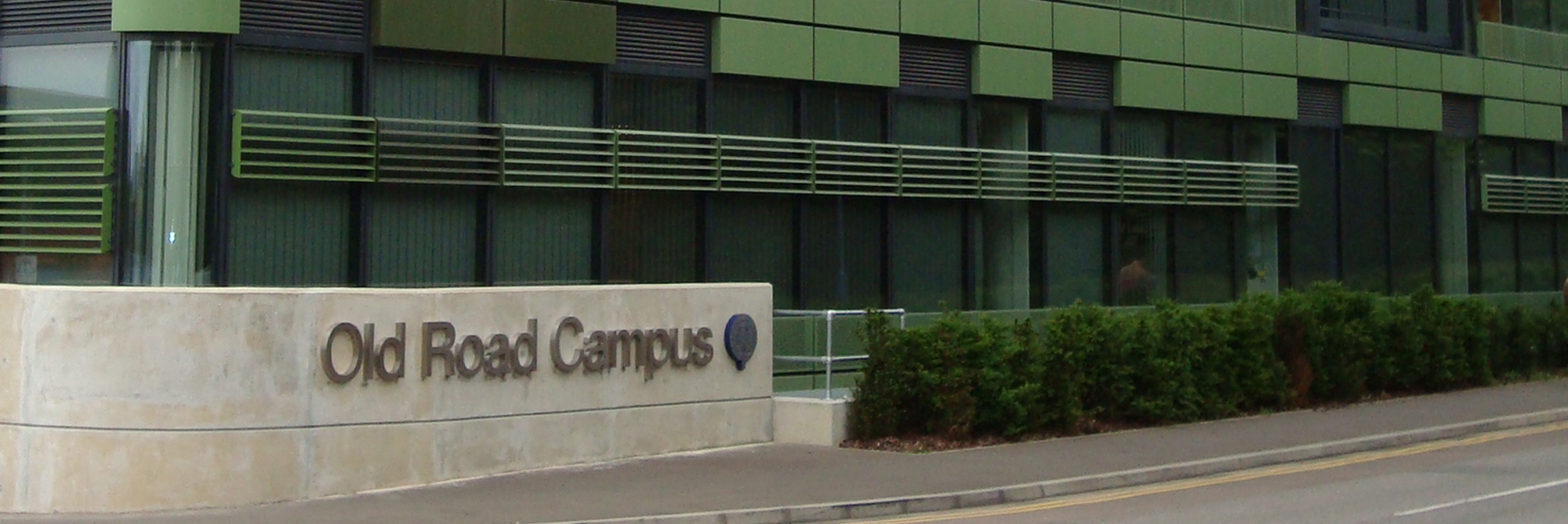Therapies or Prophylaxis for Peripartum Haemorrhage
Key points
- Haemorrhage is an important cause of severe maternal morbidity and mortality in the UK.
- B-Lynch or brace sutures, factor VIIa and arterial embolisation or ligation are widely used in the UK.
- There are no systematic data available at a population level to assess the outcomes following use of these therapies.
- This study will investigate the outcomes associated with these specific different management strategies in order to inform future guidelines for prevention and management.
Surveillance Period
October 2007 - April 2009
Background
Haemorrhage is the second most common cause of direct maternal death in the UK as identified in the most recent report of the Confidential Enquiry into Maternal Deaths[1]. Seventeen deaths in the last triennium were reported to be directly due to haemorrhage, with a striking increase in the numbers of deaths from postpartum haemorrhage compared with the previous three years. However, deaths from haemorrhage represent only the tip of the iceberg of disease; severe haemorrhage has been included in the definition of "near-miss" maternal morbidity in several studies[2][3].
The basic treatment of major peripartum haemorrhage consists of surgery and/or medical management with transfusion and uterotonic drugs. However, there are now a number of reports of the use of other therapies, including activated factor VIIa[4], B-Lynch or brace sutures[5], ligation[6] and embolisation[7] of major pelvic vessels (internal iliac/uterine arteries) in cases with continued bleeding. None of these therapies have been investigated in randomised controlled trials, but all are used widely throughout the UK. There are no systematic data available at a population level to assess the clinical outcomes following use of these therapies. For example, there are only nine reports in the literature of failed B-Lynch sutures[8]. However, in the UKOSS study of peripartum hysterectomy (completed March 2006), 50 women who underwent a peripartum hysterectomy to control haemorrhage had had a B-Lynch or brace suture prior to requiring a hysterectomy.
In order to assess the clinical outcomes following these therapies, we need to identify all cases in which they are used. This information will not be obtained by a simple study of severe haemorrhage alone, since it is possible that these therapies if used early, will curtail haemorrhage such that women treated in this way no longer meet the case definition for severe haemorrhage. This study will collect information on the timing of use of these therapies, subsequent haemorrhage and requirement for additional management strategies such as hysterectomy. This will therefore allow us to investigate the outcomes associated with these specific different management strategies depending on the timing of use in order to inform future guidelines for prevention and management.
Objectives
- To use the UK Obstetric Surveillance System to describe the use of specific therapies or prophylaxis for peripartum haemorrhage in the UK.
- To assess the outcomes following use of these treatments.
- To use this information to inform the development of future guidelines for the management of peripartum haemorrhage.
Research questions
- How frequently is factor VIIa used to manage peripartum haemorrhage in the UK?
- How frequently are B-Lynch or brace sutures used to manage peripartum haemorrhage in the UK?
- How frequently is embolisation or ligation of major pelvic vessels used to manage peripartum haemorrhage in the UK?
- What are the maternal outcomes following use of these therapies?
Case Definition
The cases will be all women in the UK treated therapeutically or prophylactically for peripartum haemorrhage with:
EITHER Activated factor VIIa
OR B-Lynch or other brace suture
OR Arterial ligation or embolisation
Funding
Wellbeing of Women.
Ethics approval
The study has been approved by the London MREC (study ref 07/MRE02/24).
Download the Data Collection Form (DCF)
UKOSS Therapies or Prophylaxis for Peripartum Haemorrhage Form
References
- ^ Confidential Enquiry into Maternal and Child Health. Why women die 2000-2002. London: Royal College of Obstetricians and Gynaecologists, 2004.
- ^ Waterstone M, Bewley S, Wolfe C. Incidence and predictors of severe obstetric morbidity: case-control study. BMJ 2001; 322(7294):1089-93.
- ^ Brace V, Penney G, Hall M. Quantifying severe maternal morbidity: a Scottish population study. BJOG 2004; 111(5):481-4.
- ^ Ahonen J, Jokela R. Recombinant factor VIIa for life-threatening post-partum haemorrhage. Br J Anaesth 2005; 94(5):592-5.
- ^ Allam MS, B-Lynch C. The B-Lynch and other uterine compression suture techniques. Int J Gynaecol Obstet 2005; 89(3):236-41.
- ^ Mousa HA, Alfirevic Z. Treatment for primary postpartum haemorrhage. Cochrane Database Syst Rev 2003; (1):CD003249.
- ^ Badawy SZ, Etman A, Singh M, Murphy K, Mayelli T, Philadelphia M. Uterine artery embolization: the role in obstetrics and gynecology. Clin Imaging 2001; 25(4):288-95.
- ^ Price N, B-Lynch C. Uterine necrosis following B-Lynch suture for primary postpartum haemorrhage. BJOG 2006; 113(11):1341.


